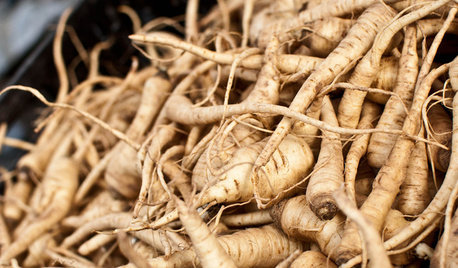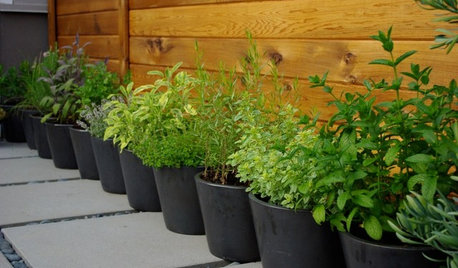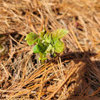Can I grow vegetable plants in compost, peat moss Mix
vidnand
15 years ago
Featured Answer
Sort by:Oldest
Comments (19)
tcstoehr
15 years agotcstoehr
15 years agoRelated Professionals
Beachwood Landscape Architects & Landscape Designers · Birmingham Landscape Architects & Landscape Designers · North New Hyde Park Landscape Architects & Landscape Designers · Harvey Landscape Architects & Landscape Designers · Norwood Landscape Contractors · Bedford Landscape Contractors · Belvedere Park Landscape Contractors · Galt Landscape Contractors · Louisville Landscape Contractors · North Potomac Landscape Contractors · Santa Ana Landscape Contractors · Spring Landscape Contractors · North Aurora Landscape Contractors · Albany Driveway Installation & Maintenance · Lake Forest Driveway Installation & Maintenancegabby308
15 years agovidnand
15 years agostephen_albert
15 years agovidnand
15 years agohamiltongardener
15 years agojustaguy2
15 years agoknittlin
15 years agoUser
15 years agocalifornian
15 years agoCat
6 years agoBarrie, (Central PA, zone 6a)
6 years agoHighColdDesert
6 years agoBarrie, (Central PA, zone 6a)
6 years agosheywh
3 years agoSarah Brown Waller
3 years ago
Related Stories

FARM YOUR YARDHow to Grow Vegetables in Containers
Get glorious vegetables and fruits on your patio with a pro’s guidance — including his personal recipe for potting mix
Full Story
COOL-SEASON CROPSCool-Season Vegetables: How to Grow Potatoes
This ever-popular tuber is a stalwart in spring and fall gardens and a staple in kitchens everywhere
Full Story
GARDENING GUIDESGreat Design Plant: Grow Blueberries for Their Fruit and More
Eastern gardeners should consider growing blueberry plants for their delicious fruits, bee-friendly spring blooms and brilliant fall foliage
Full Story
EDIBLE GARDENSSummer Crop: How to Grow Blueberries
Plant blueberries in spring or fall for garden beauty through three seasons — and a sweet superfood in summer
Full Story
COOL-SEASON CROPSCool-Season Vegetables: How to Grow Parsnips
This unfairly maligned root vegetable is the ideal choice for a winter garden, sweetening with the frost and having a long storage life
Full Story
GARDENING GUIDES6 Ways to Grow Edibles in Small Places
No big backyard? Join in the grow-your-own fun with these small-space ideas for planting vegetables, fruits and herbs
Full Story
GARDENING GUIDESYes, You Can Grow an Edible Garden on a Hot, Dry Site
Difficult garden spots don’t need to deter you from planting trees, herbs and other delicious food plants
Full Story
GARDENING GUIDESYes, You Can Grow Food in a Shady Yard
Your shady garden doesn’t have to be forever barren. Berries, herbs and other shade-loving plants can produce a delicious bounty
Full Story
GARDENING GUIDESVegetables and Flowers Mix in Beautiful Edible Gardens
Ornamentals, meet your edible garden mates. We know you'll get along just beautifully
Full Story
FARM YOUR YARDCool-Season Vegetables: How to Grow Lettuce
Leaf, butterhead, crisphead or romaine — lettuce is best harvested in the cool weather of spring and fall
Full Story






User